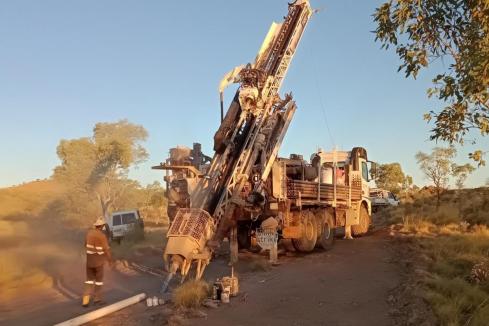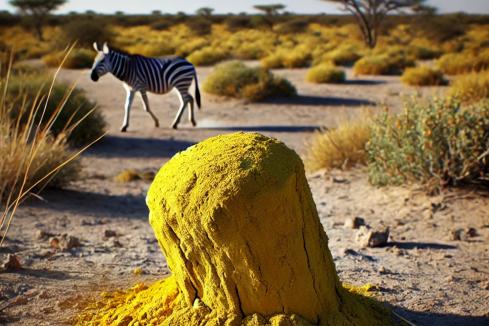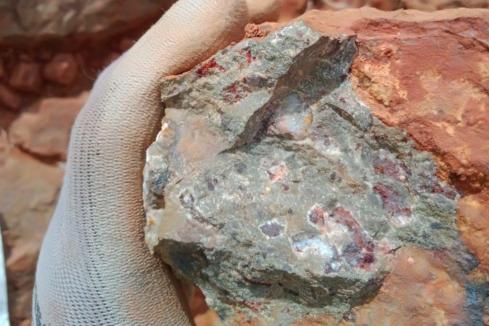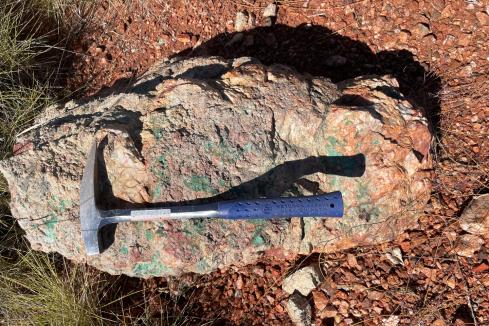Askari Metals’ mapping and sampling at the Kestrel target within its Uis project in Namibia has unveiled visible high-grade spodumene – a lithium mineral – with rock chips assaying up to 3.06 per cent lithium oxide. Ten of the 32 samples taken produced lithium grades exceeding 1 per cent lithium oxide, with the top five assaying 3.06, 2.97, 2.91, 2.88 and 2.28 per cent, respectively.

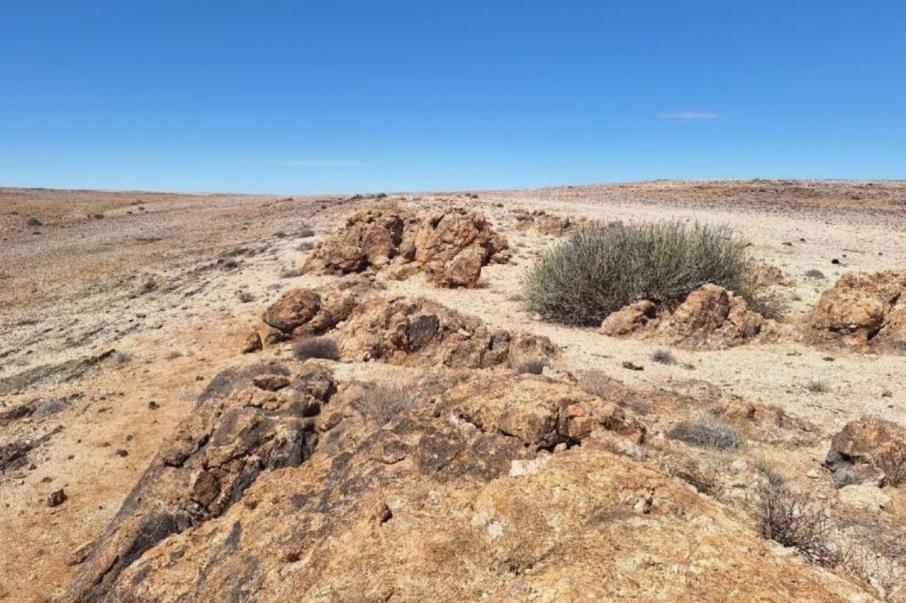
Askari Metals’ mapping and sampling at the Kestrel target within its Uis project in Namibia has unveiled visible high-grade spodumene – a lithium mineral – with rock chips assaying up to 3.06 per cent lithium oxide.
Ten samples out of the 32 taken from Kestrel by the company produced lithium grades exceeding 1 per cent lithium oxide, with the top five assaying 3.06, 2.97, 2.91, 2.88 and 2.28 per cent, respectively.
Management says the high-grade lithium results are supported by other strong lithium-caesium-tantalum (LCT)-style pegmatite fertility indicators. They include best results of 0.38, 0.18 and 0.12 per cent tin dioxide and 672, 615, 346, 300 and 288 parts per million tantalum pentoxide.
Askari’s mineral zonation mapping and multi-element geochemical plots clearly distinguish the Kestrel lithium-bearing pegmatite from tantalum-mineralised pegmatites and also from barren pegmatites and granites.
Management says all its work undertaken to date indicates Kestrel contains a significant pegmatite body up to 30m wide, with a strike length of more than 1.4km and that it remains open at both ends, laterally and to depth.
Askari Metals chief exploration and project manager (Africa) Cliff Fitzhenry said: “The results are highly encouraging and confirm that, with widths up to 30m and a strike length of more than 1.4km, Kestrel is a pegmatite of scale that displays high-grade lithium mineralisation. The high-grade rock chip assays, visually observed zonation textures and elemental ratio plots confirm Kestrel is a highly fractionated, fertile, LCT type pegmatite.
Fitzhenry added that Kestrel will be a priority target for the company to evaluate during its upcoming phase one trenching campaign where it will also run the rule over other targets identified in the licence area. It then plans to probe the resulting high-confidence targets with drilling later in the year.
The Kestrel target lies close to the northern boundary of Askari’s southern licence area that encloses three of the southward extensions of four significant north-east-striking pegmatite trends that fall within an overall “corridor of interest”. The trends contain multiple individual pegmatites of widely-varying dimensions.
They have been mapped in a total strike distance of up to about 35km, with three of them extending beyond both the northern and southern boundaries of the contiguous tenement pair. The smaller fourth pegmatite trend lies only partly within the southern licence and extends beyond its eastern and southern boundaries.
Importantly, the biggest and longest pegmatite trend expands to a much greater width of about 7km at its northernmost extremity, outside Askari’s northern-most boundary. The expanded part of the trend encloses Andrada Mining’s Uis project – a lithium-tin-tantalum mining operation that contains a gross estimated mineral resource in its main V1V2 pegmatite of 81 million tonnes grading 0.73 per cent lithium oxide, 0.15 per cent tin and 86ppm tantalum.
The estimated content of the resource is 1.45 million tonnes of lithium carbonate equivalent, 120,000 tonnes of elemental tin and 69,600 tonnes of elemental tantalum. Andrada says it has mapped more than 180 pegmatites within 5km of its processing plant.
Kestral is Askari’s prime target in the southern licence area. Exploration mapping to date has outlined the surface exposure of the pegmatite area along a strike of at least 1.4km and up to about 1.5km.
The entire cluster of Kestral’s multiple pegmatites has been mapped at more than 450m wide at its greatest dimension. Management says it has found hyperspectral scanning to be effective in identifying “blind” pegmatites, including those not previously exploited by local artisanal-scale mining, and that cross-trenching often reveals their true scale.
Fitzhenry said the company continues to show its Uis lithium project can deliver significant pegmatites of good size and high grade and that its recent phase one trenching program in the northern licence shows the method is effective and delivers high-confidence targets that will meet the critical drill bit test this year.
Askari appears to be right on the money with its Uis project, given the similarity of Kestrel mineralisation to that of the multiple, more advanced targets in the northern licence.
Additionally, Kestrel’s presence in the “corridor of interest” and the along-strike continuation of demonstrably fertile lithium pegmatites within it that run straight into a major operational LCT mining venture just outside the northern end of its Uis project area, add compelling support for Askari’s operation.
Is your ASX-listed company doing something interesting? Contact: matt.birney@businessnews.com.au






